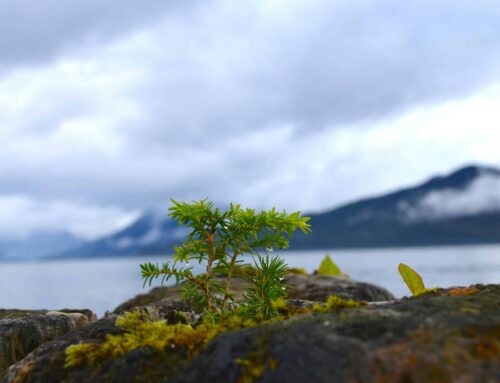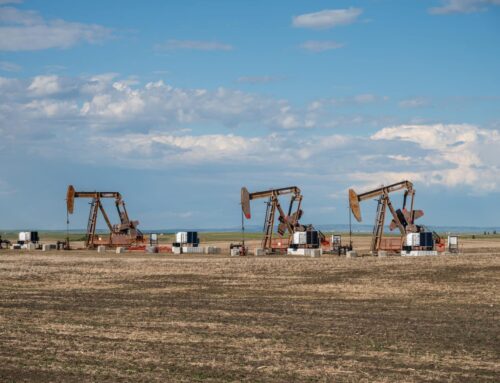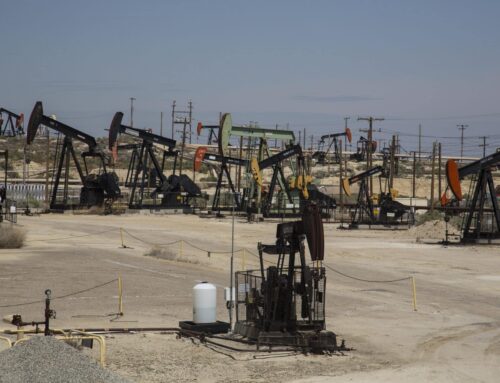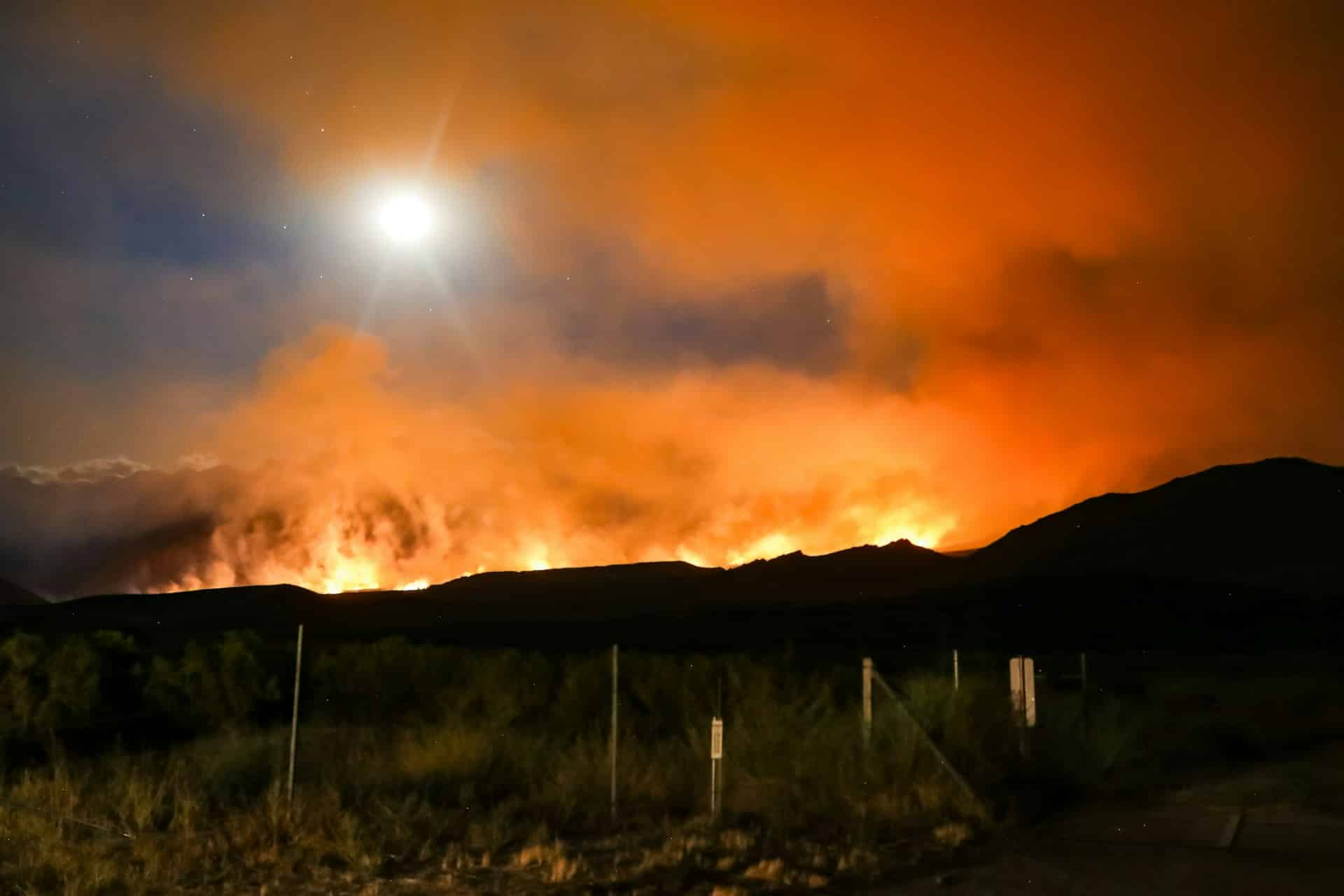At 16.7 million acres, the Tongass National Forest spread out over more than 1,000 islands and 11,000 miles of shoreline in Southeast Alaska is the country’s largest national forest. In 2001, the U.S. Forest Service issued a nationwide Roadless Rule that prohibited road construction, reconstruction, and timber harvesting on 58.5 million acres of national forests across the country, including the Tongass. Despite early attempts to remove the Tongass from the Roadless Rule protections, in 2011, the U.S. District Court for the District of Alaska ruled that the Tongass could not be exempted, a ruling that was upheld in 2015.
In 2018, however, the State of Alaska petitioned the Forest Service to consider publishing a state-specific Roadless Rule to determine whether the 9.4 million acres of inventoried roadless areas (IRAs) in the Tongass should remain protected from road construction and timber harvest. After publishing a proposed rule and Draft Environmental Impact Statement (DEIS) analyzing its potential effects in October 2019, the Forest Service proceeded to the final rulemaking stage. In September 2020, the Forest Service published a Final Environmental Impact Statement (FEIS) in which it assesses impacts of its preferred plan – to completely exempt the Tongass from the Roadless Rule – among other options.
Below is a breakdown of the the Administration’s Alaska Roadless Rule, including the Forest Service’s preferred alternative, relevant sections of the analysis, and the potential impacts for taxpayers. As early as next week the Secretary of the U.S. Department of Agriculture, who oversees the Forest Service, may issue a Record of Decision completing the EIS process alongside a final rule.
Alaska Roadless Rule FEIS

If adopted altogether in a final Alaska Roadless rule, Alternative 6 would have the following top-line effects:
- Entirely exempts the Tongass from the 2001 Roadless Rule; removes roadless area designation from 9,368,000 acres,
- 188,000 acres (168,000 old-growth, 20,000 young-growth) added to list of suitable timber lands,
- 1,043 new miles of roads constructed over the next century,
- At least 15 ‘Outfitter/Guide Use Areas’ affected by expanded timber harvest, and
- Unclear….
The net effect of any of the alternatives studied by the Forest Service is difficult to discern, despite 700 pages devoted to the subject, because the entire analysis rests on a shaky assumption: eliminating roadless protections that bar timber harvest won’t lead to increased timber harvest. This seems to contradict the purpose of the rule, insofar as the Forest Service articulates one:
The rule is unquestionably about roads and timber harvest, but instead of trying to project how a new rule will affect harvests, the Forest Service defers over and over again to the Tongass Forest Plan, which was last amended in 2016 and includes a Projected Timber Sale Quantity (PTSQ) of 46 million board feet (MMBF) per year. Never mind that actual harvest has averaged just 15 MMBF per year since 2016 and the Forest Service doesn’t expect the PTSQ will be attained anytime soon. Because the rule won’t change the official PTSQ figure, the agency says, there are few differences between the effects of the various alternatives.
Consequently, the FEIS offers relatively little insight into a post-rule Tongass across a wide array of forest features: soil characteristics and composition; karst and cave resources; operations at log-transfer facilities; rural subsistence activities; Alaska region sensitive species’ health; etc. The answer is the same in each case, because the PTSQ won’t change, the agency doesn’t expect any effects particular to the preferred alternative.
Ultimately, the Forest Service justification for the new rule boils down to a couple sentences repeated throughout the FEIS:
Improving the economics of timber sales – the agency’s stated intention – is incredibly tenuous. One of the biggest harvest expenses for logging companies is road (re-)construction. The more roads required to access timber stands, the less economic they are, as the Forest Service acknowledges. Here’s one particularly telling passage discussing the issue:
Of the 168,000 acres of suitable Old Growth acres added by Alternative 6, nearly 60 percent are in areas far from roads where sales are likely to be uneconomical. In official comments on the draft rule, Taxpayers for Common Sense among others noted the contradiction of creating a rule to improve timber sale economics and then selecting an alternative that wouldn’t necessarily improve economics more than another. The Forest Service acknowledged these comments and responded:
Effectively, the Forest Service explanation for their actions is – this is what Alaska wanted, and cutting regulations is inherently valuable. The response might not be so egregious if the rule wouldn’t in reality have consequences for local tribes, regional businesses, and American taxpayers, on behalf of whom the agency is entrusted with managing the forest.
According to Taxpayer for Common Sense analysis of the Forest Service’s accounts, the Tongass timber program has lost roughly $1.7 billion over the last 40 years. By any accounting, the agency spends considerably more to prepare and administer timber sales than it generates in revenue from them. A decades-old legislative mandate requires Tongass timber sales to be profitable to loggers. The value of timber available for harvest is often too low to cover all expenses and generate profits, so the Forest Service spends more to cover harvesters’ costs for them, including road costs.
The math of removing Roadless protections in the Tongass is unavoidable: more sales in areas that require more roads mean more Forest Service spending to make sales profitable which entails more losses for taxpayers. Yet analysis of timber sales that cost more to hold than they generate was specifically excluded from study in the FEIS.
The 30-day review period following the publication of the FEIS ends in the last week of October. The Secretary of Agriculture can then complete the environmental review process by issuing a Record of Decision, which will likely accompany the publication of a final rule determining the future of roadless areas in the Tongass. If the Forest Service moves forward as planned, taxpayers stand to lose billions of dollars more subsidizing Tongass timber in the coming years.














Get Social